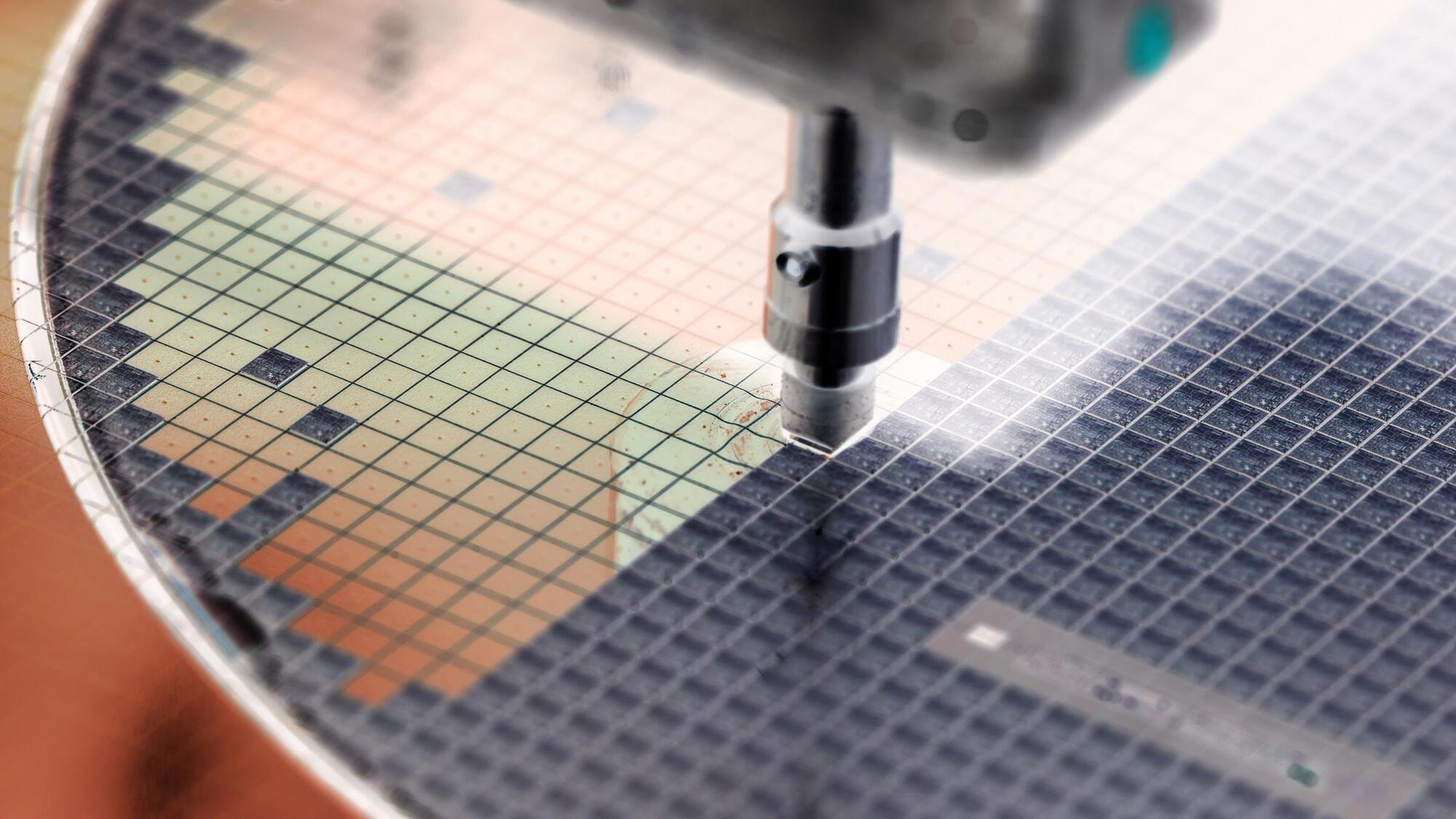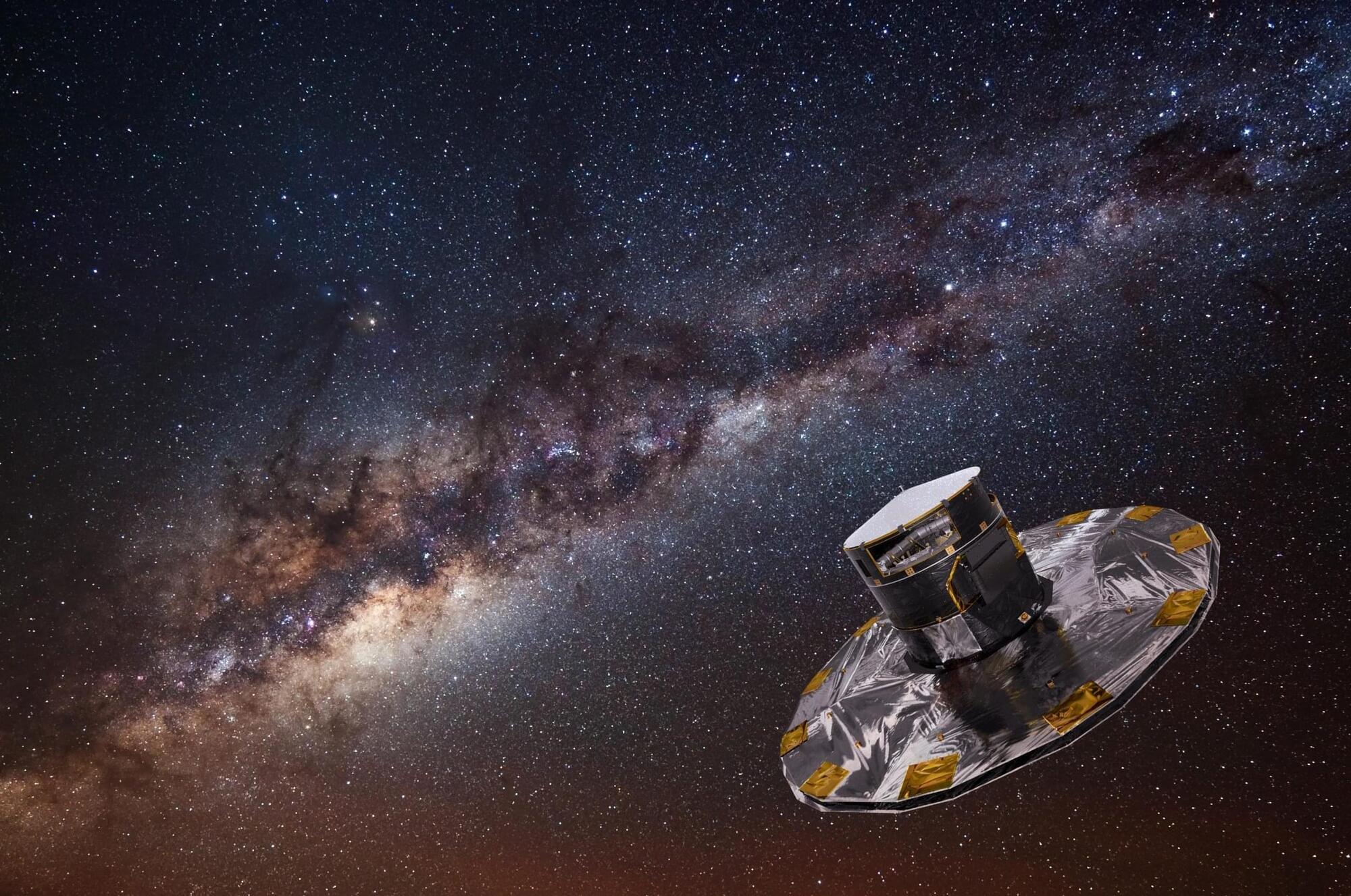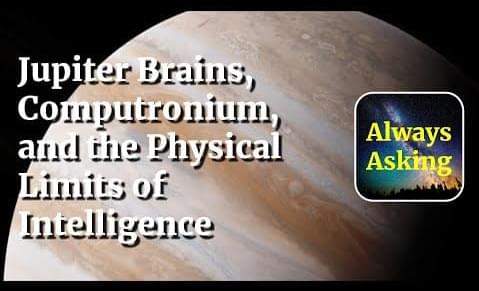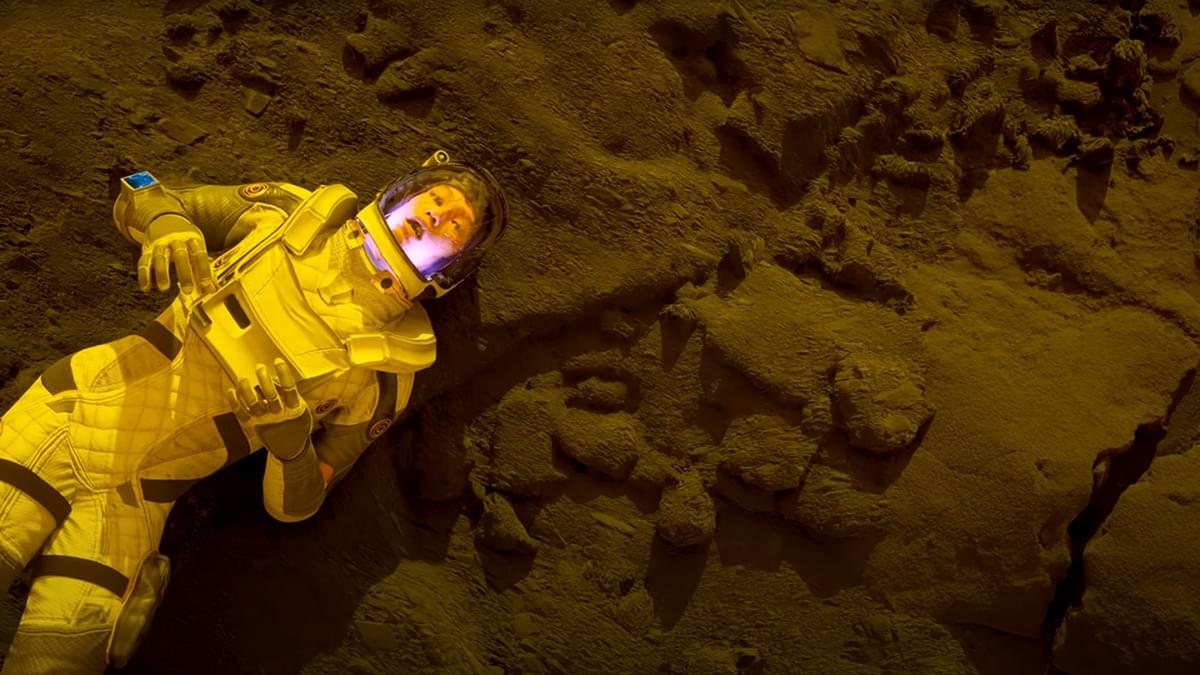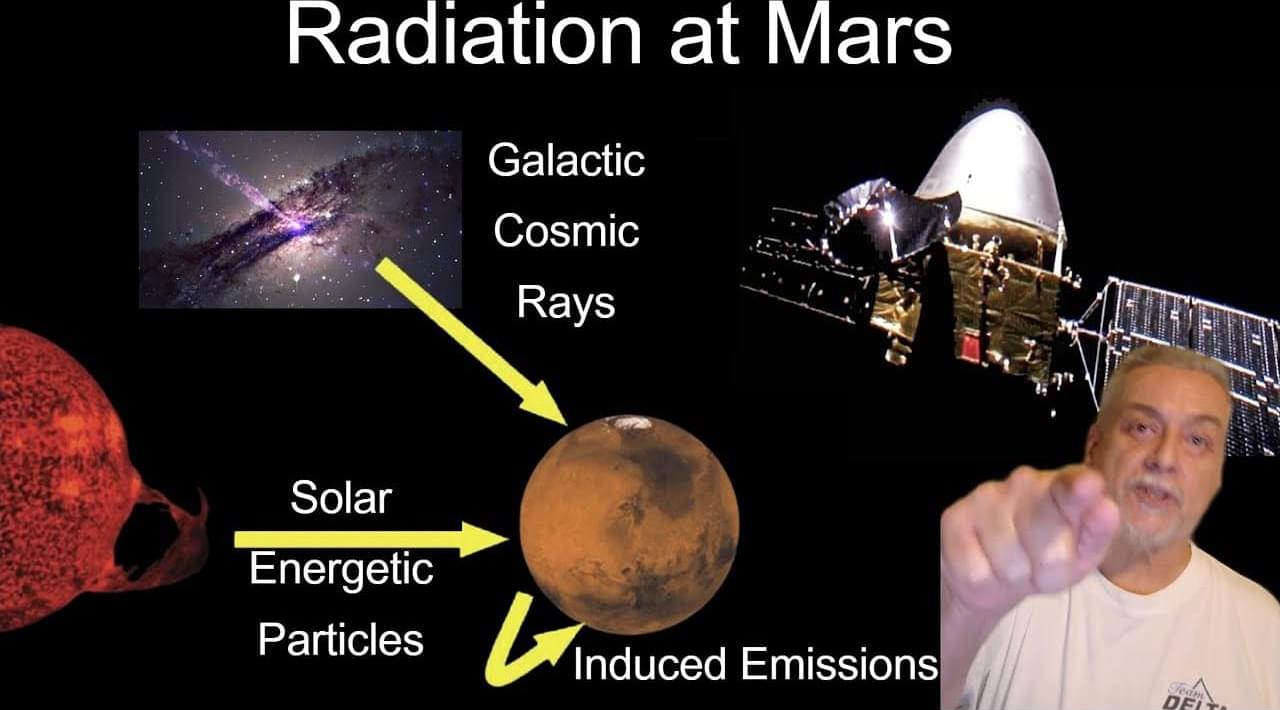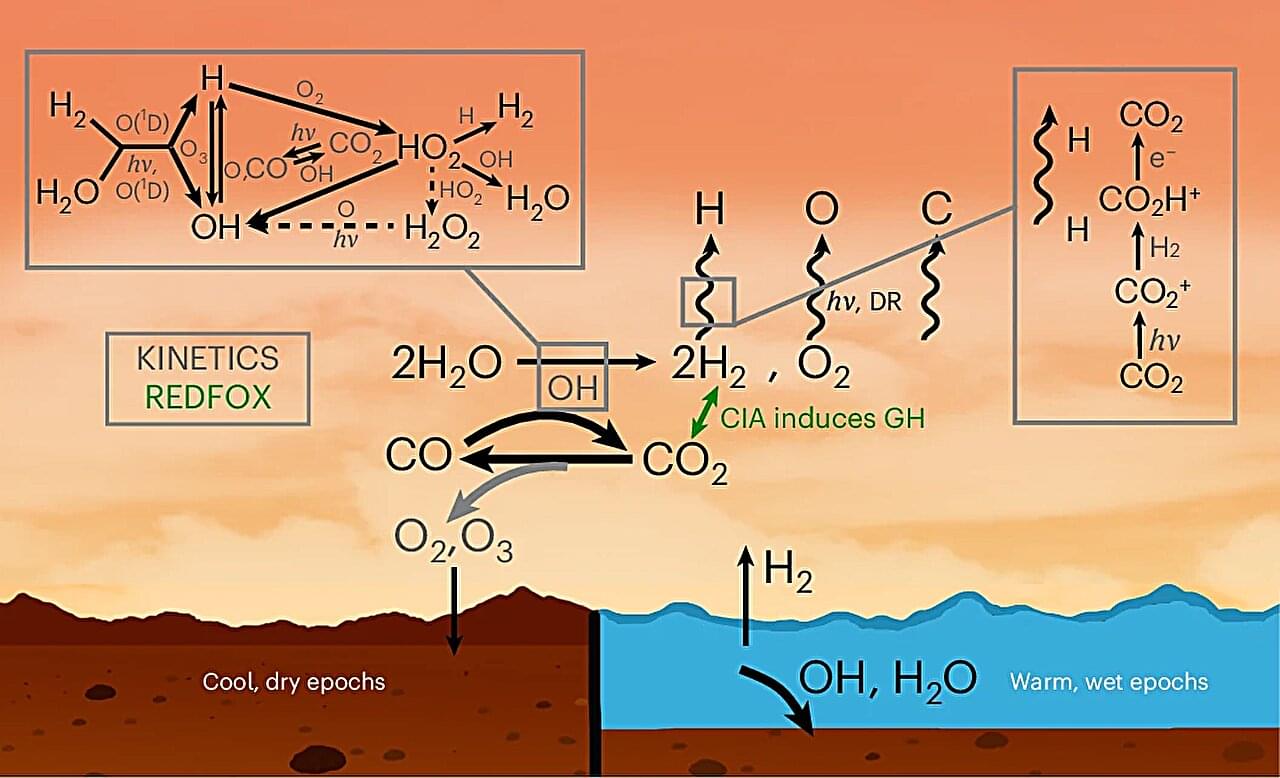Our body isn’t just human—it’s home to trillions of microorganisms found in or on us. In fact, there are more microbes in our gut than there are stars in the Milky Way. These microbes are essential for human health, but scientists are still figuring out exactly what they do and how they help.
In a new study, published in Nature Microbiology, my colleagues and I explored how certain gut bacteria—a group known as Enterobacteriaceae—can protect us from harmful ones. These bacteria include species such as Escherichia coli (E coli). This is normally harmless in small amounts but can cause infections and other health problems if it grows too much.
We found that our gut environment—shaped by things like diet—plays a big role in keeping potentially harmful bacteria in check.

